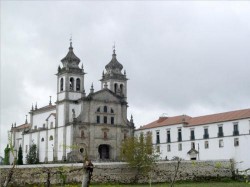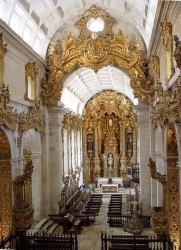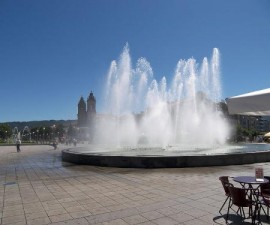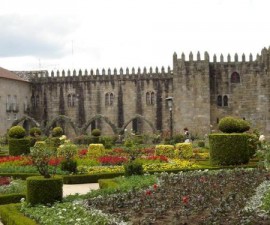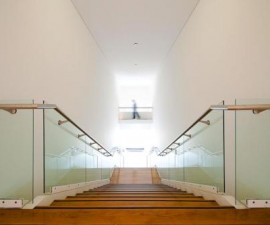The Monastery of St Martin of Tibaes, or Tibaes Monastery, is located in Mire de Tibaes, just some 6km northwest of the historic city of Braga. It is a popular destination for day trippers staying in the city as well as for those travelling around and exploring the local area.
The Tibaes Monastery was the original home of the Benedictine order in Portugal and Brazil, officially taking this position in 1567. The first building was erected as long ago as the turn of the 10th/11th century (it was initially founded in 1060) and was reformed several times before achieving its heyday during the times of the Reformation.
Little remains now of the original medieval buildings thanks to the enormous reformation works that were carried out during the 17th and 18th centuries, however it is precisely this work of centuries that has rendered the Monastery a site of significant architectural interest, a melting pot of styles that showcases some of the very best works of leading architects, stonemasons, carpenters, sculptors and artists spanning several hundred years.
So much so that the site was declared a protected Building of Public Interest in 1944 to ensure that members of the public and scholars alike would be able to enjoy it for many more centuries to come.
Given the Tibaes Monastery’s importance as the head of the Benedictine order, it is perhaps no surprise that it should have exercised such influence not only over religion in Portugal, but also over Portugal’s cultural, architectural and artistic movements. It blazed a trail for some of the most exciting Baroque and Rococo art movements in the late 18th century and is well worth a visit for anyone with more than a passing interest in architecture or the arts.
One of the most important sights is the altarpiece and woodwork of the triumphal arch in the main chapel, along with the pulpits and lateral altarpieces, all of which were designed by the renowned architect Andre Soares and are leading pieces of their kind within Portugal’s legacy of Rococo art.
Other elements of interest are the gilded woodwork, which was the work of the famous Jose de Santo Antonio Vilaça, and a number of statues by the leading sculptor Cipriano da Cruz.
The Monastery suffered significant fire damage in 1986, shortly after it became state property, and the resultant renovations are continuing to this day. There is a great deal to see and enjoy here, however, and it is the perfect location for a trip out of Braga to discover and enjoy the secrets of a world gone by.
The Monastery is located just 6km from the centre of Braga and is easily reached by car via the A3 or the EN 205. It is open all year round with the exception of New Year’s Day, Easter Day, the first of May and Christmas Day.
Guided tours are available and well worth it in order to benefit from the knowledge and enthusiasm of the resident guides. Tickets are under 5 euros with significant discounts available to students, children and other concessions.
